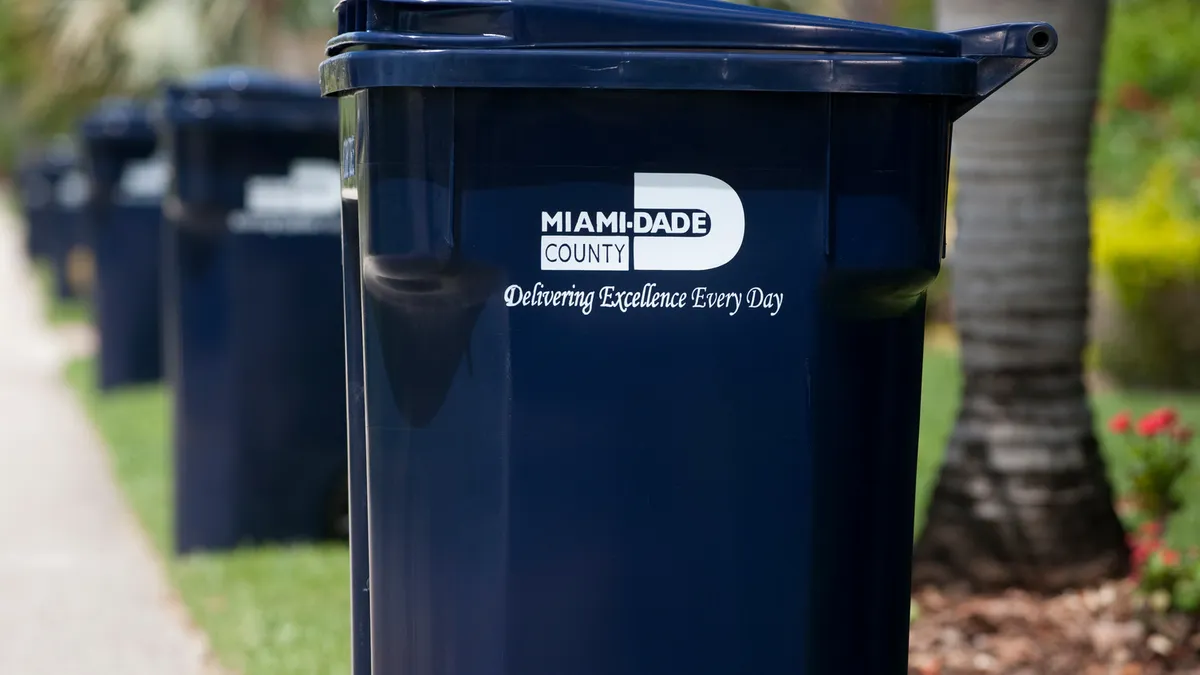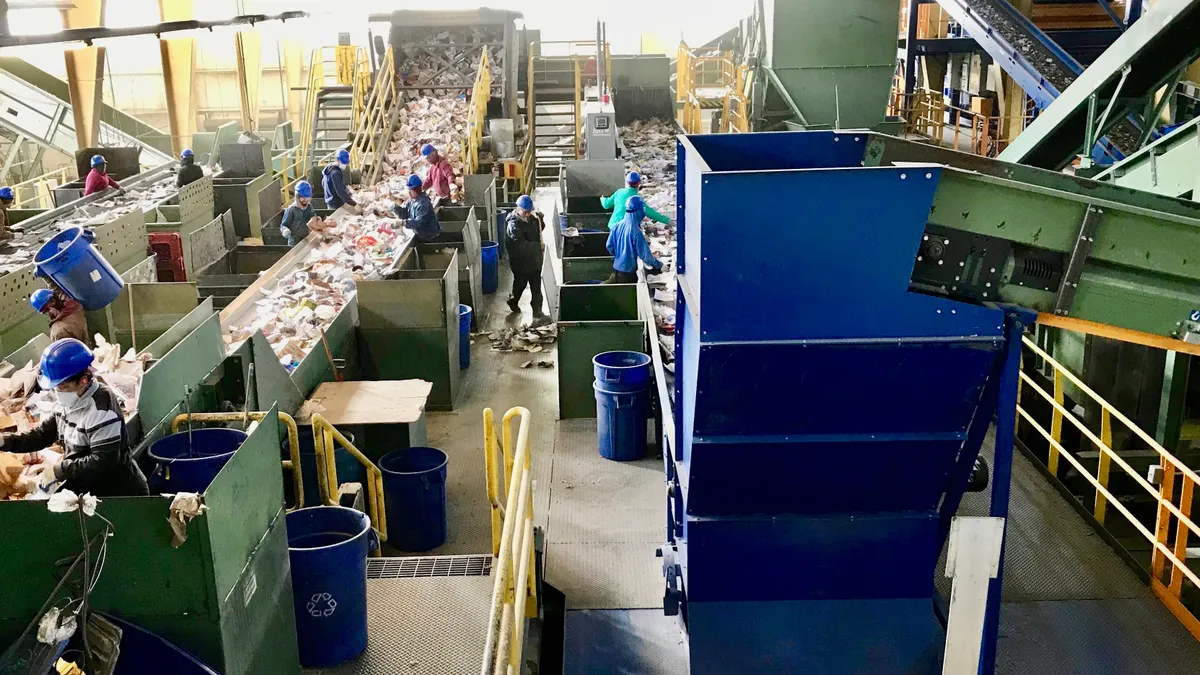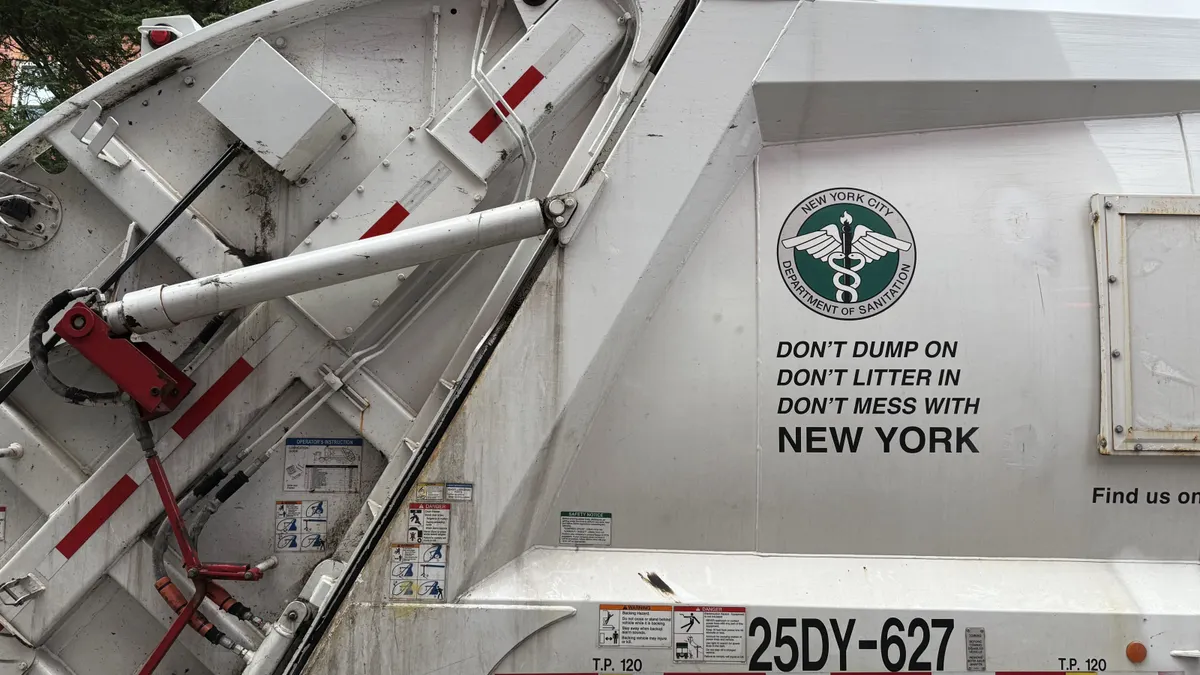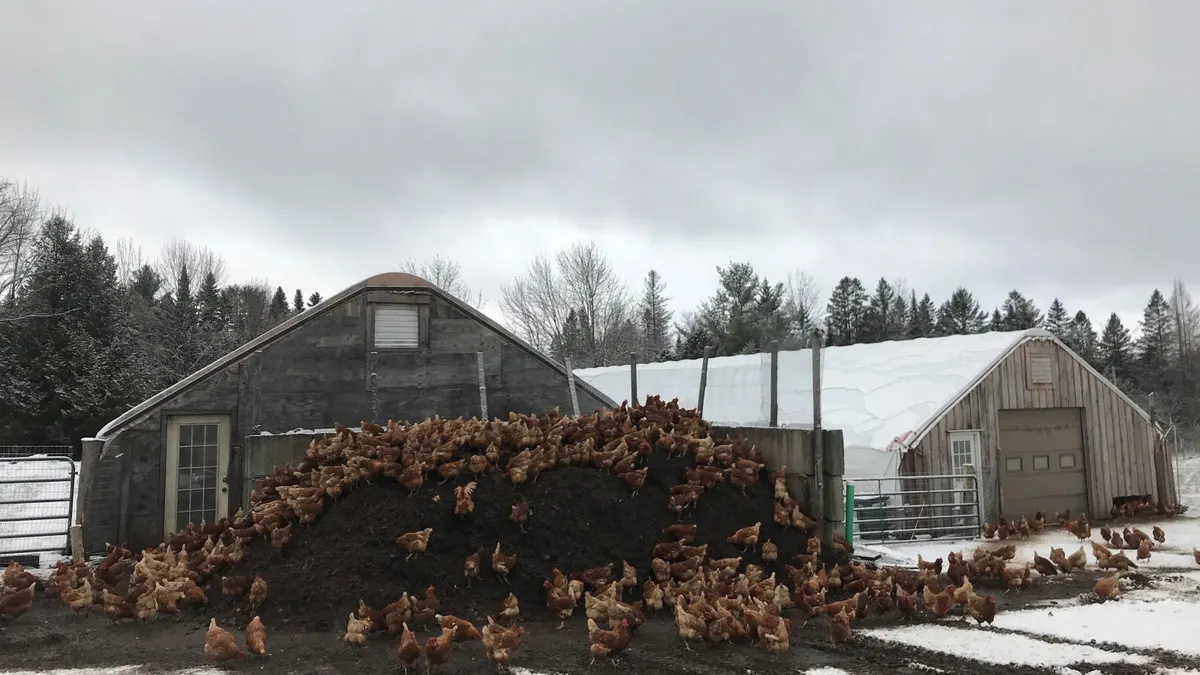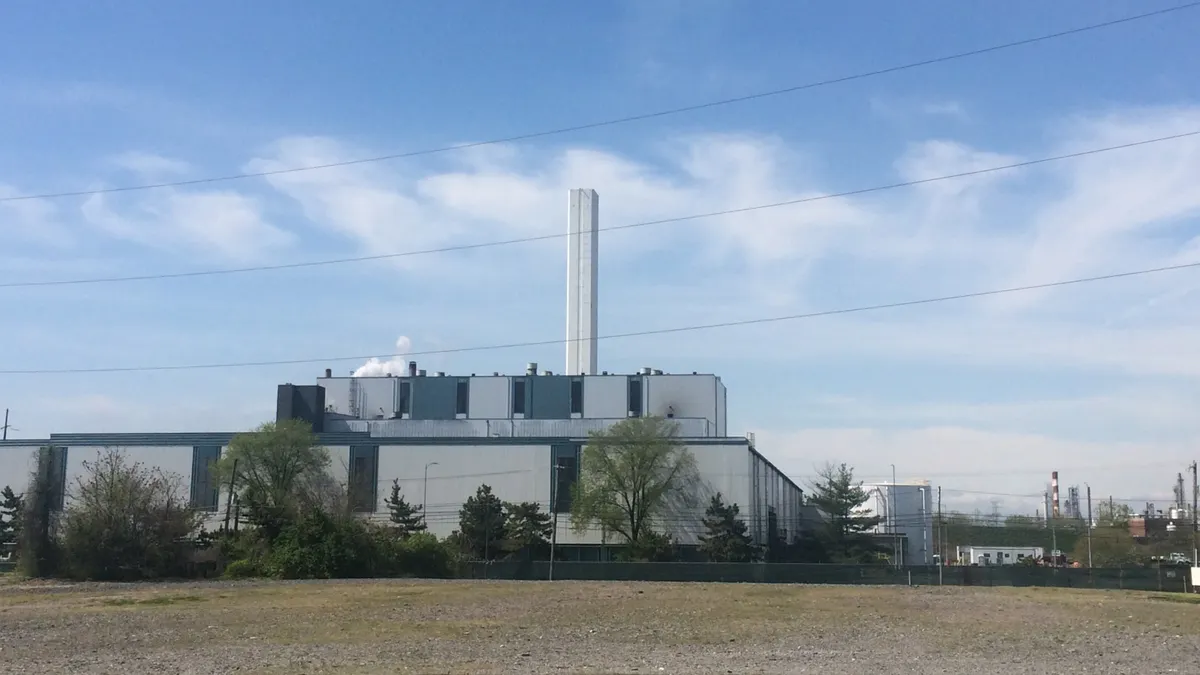As waste reduction and diversion become increasingly high priorities across the country, figuring out how to change the status quo can be challenging. Well-intentioned ideas may have unintended consequences, different technologies can be hard to compare, and what works for one city may not work for another.
The Environmental Protection Agency (EPA) offers a number of tools to help with these decisions, though the Municipal Solid Waste Decision Support Tool (DST) is one of the most powerful. It has been in the works for decades, but may be more relevant now than ever. With a second generation version on the way, this tool could be a key resource as more governments and companies make the shift toward zero waste.
"We would love to see it be the standard for communities," said Susan Thorneloe, a senior chemical engineer with the EPA’s Office of Research and Development. "A lot of times people don’t have a good idea or sense of what their current system is doing or what it costs."
Essentially, the DST is meant to take the guesswork out of big decisions for state and local planners by providing a better picture of how their current waste management system is working and what effects changes could have. Greenhouse gases, cost, energy consumption, and the potential release of pollutants can all be measured for a wide range of collection and disposal methods.
For example, a municipality may be considering the most effective program for increasing its recycling diversion rate. The DST could show the trade-offs between single-stream recycling or targeted programs for specific materials. Or perhaps a company is looking for ways to reduce its emissions and transportation costs. The DST could analyze which parts of that company’s waste stream offer the most opportunity for reduction.
The decades-long wait for DST
The DST came out of a cooperative research agreement with the Research Triangle Institute (RTI) — co-funded by the EPA and U.S. Department of Energy — which started in the mid-90s. RTI led a team comprised of academic institutions and research firms through the complex task of building a tool that could weigh out the results of any waste management scenario thrown at it.
Over the years, the DST was peer reviewed by top experts and received input from government, academia, industry and other organizations. Those involved included the Environmental Defense Fund, the New York Department of Sanitation, Waste Management, and many more. While a prototype was finished by the early 2000s, the DST didn’t become available for use until 2012. Since then, the tool has been downloaded more than 400 times and used in more than 200 studies.
Support from RTI is still required to set up an account, though Keith Weitz, RTI’s director of sustainability and resource management, said that’s mainly so they can track who’s using the DST. He said that in addition to government, the waste industry has been interested as well. When bidding on a new contract or soliciting business, companies can use it to provide solid data on the cost and environmental benefits of their services.
"It helps the industry learn, but it also helps them communicate to their community stakeholders and decision makers about what the trade-offs are," he said.
With so much interest in becoming more sustainable and so many options to choose from this can be especially helpful on a regional level.
Putting DST to work
The nonprofit Delta Institute used the DST for a 2014 study on the Chicago Metropolitan Region's waste management system that mapped out various diversion rate scenarios for 2040. Using data derived from the tool, combined with other economic models, Delta found potential for major job creation and economic growth with higher diversion rates.
"Too many decisions may be made because somebody feels like something may be a good idea," said Eve Peytel, Delta’s director of strategic priorities. “[This] can really give you the reason or the firepower for why you want to adopt a certain policy."
While the study looked at 20 municipalities in the Chicago area it did not include the city itself. Peytel said that’s because these smaller waste management systems are so different than the city that it would have been hard to compare them.
The DST requires detailed inputs on waste stream composition and operational infrastructure that is usually more complex for big cities. And for cities that don’t have the time or resources to make full use of the DST, the EPA also has many other tools available.
The Waste Reduction Model can be used to track and voluntarily report emission reductions from different practices and the Policy and Program Impact Estimator helps to further understand the effects of these factors using a spreadsheet calculator. The Managing and Transforming Waste Streams Tool offers 100 options for increasing reduction and recover with more than 250 examples of local programs to learn from. The EPA also has multiple tools for reducing food waste and convened a group that created the Climate Friendly Purchasing Toolkit.
Once work is complete on the second generation of the DST, cities and companies will have the ability to learn even more information about the life-cycle of their materials in a more user-friendly experience. The new version will be equipped with updated process models — including newer technologies such as anaerobic digestion — and many other features.
The EPA expects this will be complete by 2018 and is interesting in working with stakeholders that want to try it out.







